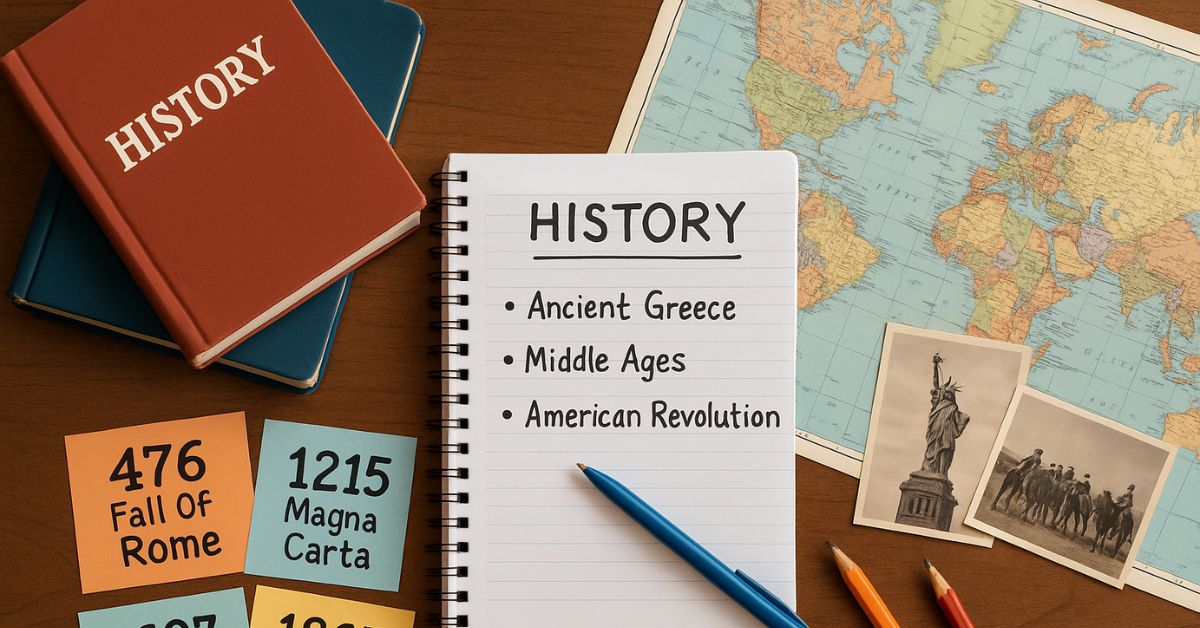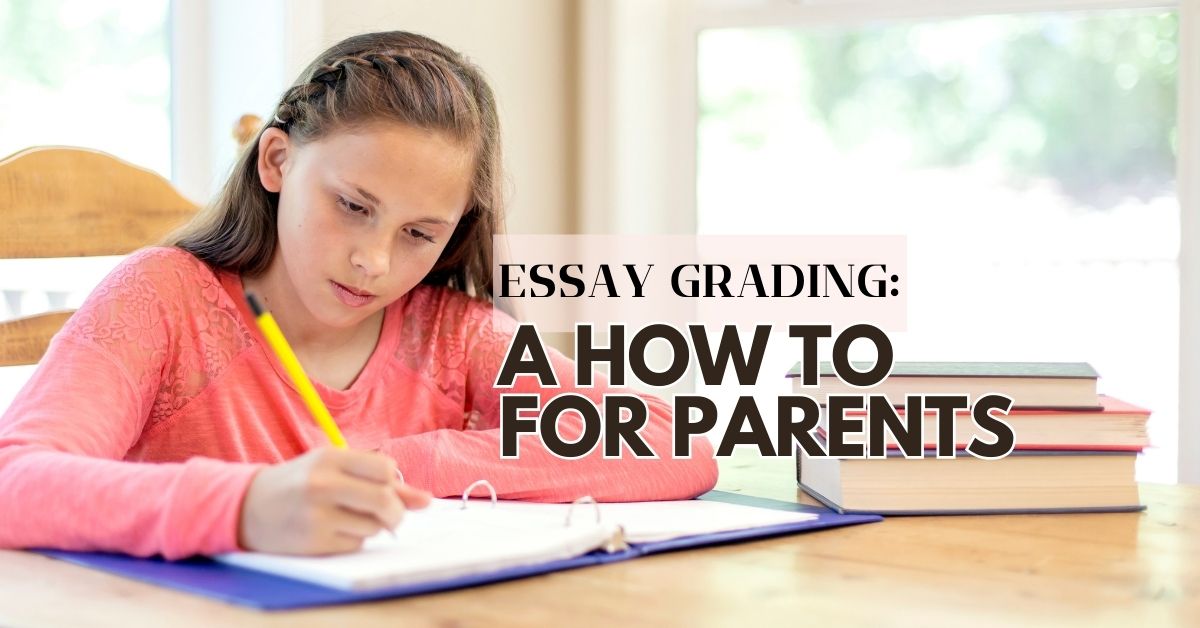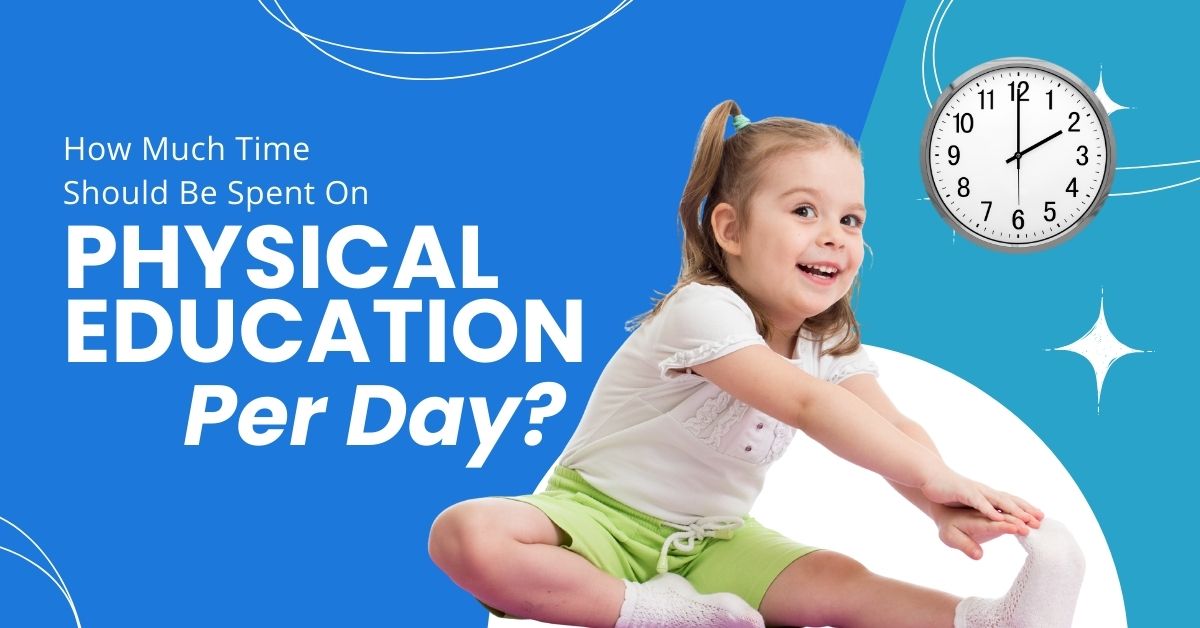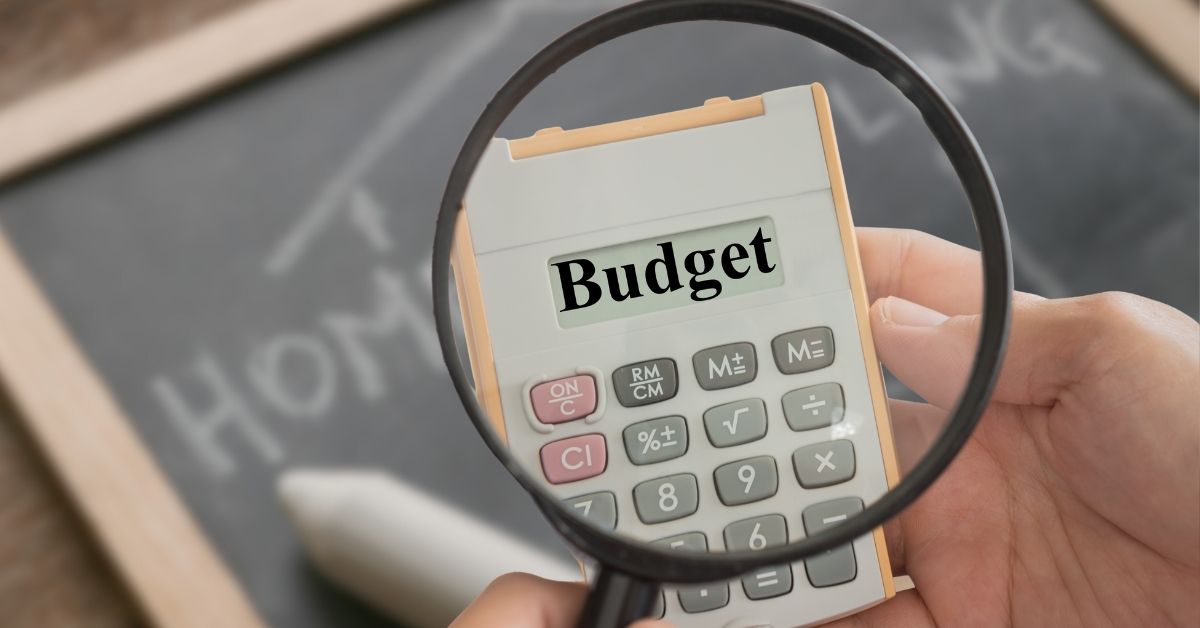For many homeschooling families, historical study can feel like a difficult balancing act—combining facts, dates, and events with storytelling that actually sticks with students. However, history doesn’t have to be a dry retelling of facts. It can be vibrant, emotional, and even fun. By using engaging middle school history lessons that spark curiosity and encourage critical thinking, you can transform the subject into an enjoyable and meaningful experience.
Whether you’re homeschooling your tween or looking for ways to enhance their understanding, here are practical strategies for teaching history effectively.
Bring History To Life Through Storytelling
History becomes far more interesting when it’s taught as a story rather than a boring list of facts. Narratives, complete with relatable characters, plot twists, and compelling conflicts, resonate deeply with middle school learners. At this age, students are primed to engage with rich stories that create emotional connections. Here are ways to build impactful history lessons into an exciting storytelling experience.
- Share the stories of real people:
Focus on the lives of individuals who experienced the events you’re teaching. Highlight figures like Anne Frank, Harriet Tubman, or Joan of Arc to humanize historical eras and add depth to what might otherwise feel abstract.
1. Integrate historical fiction:
Incorporating novels or short stories that reflect the time period you’re teaching can expand your child’s sense of the past. For example, Number the Stars by Lois Lowry offers a glimpse into World War II through an accessible lens for middle school readers.
2. Use multimedia to tell stories:
Immersive documentaries, historical dramas, or podcasts on history engage kids in ways textbooks often can’t. Resources like the “Liberty’s Kids” animated series or episodes from history-focused YouTube channels bring the past alive right at home.
3. Encourage imaginative thinking:
Ask questions like, “What would it have been like to live during this era?” or “How would you have approached this challenge?” These questions prompt your child to put themselves in the shoes of historical figures.
4. Explore multicultural perspectives:
Historical narratives often exclude diverse experiences. Make an effort to incorporate stories from other cultures, countries, and social groups to provide a balanced view of world events.
Through storytelling, your child will absorb lessons in empathy, learn critical thinking, and foster a much deeper personal connection to history.

Incorporate Hands-On History Activities
History becomes even more meaningful when students experience it on an interactive level. Tactile, hands-on learning not only brings lessons to life but also helps middle schoolers process and retain information better.
- Design creative timelines:
A timeline can visually map out important periods and events while exercising creative expression. Use online tools or physical resources like colored pens and poster boards to design a living representation of historical progress.
- Recreate historical artifacts:
Explore the material culture of history by recreating items like ancient pottery, medieval shields, or handmade journals inspired by early explorers. This kind of activity blends art into your history lesson.
- Build dioramas or models:
Encourage your child to create scale models of historical landmarks, such as the Roman Colosseum, pyramids of Giza, or castles of Europe. These projects solidify a physical understanding of history’s architectural achievements.
- Plan historical recipe sessions:
Cooking can transport you to the past. Bake traditional breads, make stews inspired by early settlers, or look up recipes from historical cookbooks. Discuss how food was tied to economics, agriculture, and trade during different periods.
- Engage in heritage crafts:
Recreate crafts that were central to the livelihood of specific time periods, like weaving, quilting, or woodcarving.
- Visit historical locations or museums:
Field trips to history museums, battleground sites, or reconstructed villages can make history tangible. Many museums even offer virtual tours, which makes it accessible from anywhere.
By involving multiple senses in the learning process, hands-on activities break through the monotony of lessons built solely on reading and writing.
Intertwine History With Other Subjects
Breaking down barriers between subjects allows students to see how interconnected the humanities really are. History meshes naturally with literature, science, art, and even math. Incorporating an interdisciplinary approach enhances understanding and creates well-rounded learners.
- History and art:
Teach art history alongside major historical movements. When studying the Renaissance era, guide your child to recreate simple sketches inspired by Leonardo da Vinci.
- History and science:
Discuss how science impacts historical outcomes. You could examine how advancements during the Industrial Revolution transformed societies or how medical breakthroughs changed the course of wars.
- History and economics:
Compare economic systems across history, from feudalism to capitalism. Look into events like the stock market crash of 1929 to better understand the relationship between financial policies and societal shifts.
- History and math:
Numbers can tell their own historical stories. Use statistical data for population growth, economic trends, or military projections. For example, you might analyze how the metric system influenced global trade.
- History and literature:
Adapt your child’s reading list to include works written during or about the historical eras you study. Novels, speeches, and autobiographies give history a powerful narrative context.
Making these connections reinforces the idea that history isn’t isolated—it’s part of a broader tapestry of human achievement and experience.
Foster Independent Historical Exploration
Middle school marks the transitional period where students crave some autonomy, and this is a golden opportunity to foster independent learning. Giving your child the freedom to pursue history at their own pace not only builds confidence but also deepens their curiosity.
Encourage them to choose a point in history that intrigues them and develop a special project around that interest. For example, they might create a PowerPoint on the Age of Exploration, build a model Viking boat, or write an essay about women’s roles during the Civil War.
Here are a few creative project ideas based on independent exploration for middle school historians:
- Digital presentations: Design a slideshow or mini-documentary featuring images, statistics, and personal commentary.
- Creative storytelling: Write a fictional diary entry from the point of view of a child during the American Revolution or a passenger on the Titanic.
- Mapping history: Research and design an interactive map showcasing trade routes, migration paths, or territorial expansion during different eras.
Provide resources like online tools, local libraries, and history-based board games that will ignite their interest further. When kids engage with history in ways that feel open-ended, they’ll gain confidence in self-directed learning.
Encourage Reflection And Application
History means more when students take the time to reflect and apply what they’ve learned to the world around them. Discussions based on major themes, comparing historical struggles to modern events, or debating historical decisions can expand a student’s world view.
- Encourage debates: Present a historical controversy or dilemma and challenge your child to discuss possible outcomes. What is their opinion on decisions made through history? How would they have chosen to act differently?
- Compare and contrast eras: What has remained constant, and what has changed? Discuss examples such as the evolution of civil rights or technological advancements.
Reflection ensures history lessons don’t end in a vacuum. Instead, they become tools for critical thinking and a source of empathy toward different cultures and experiences.
By implementing these strategies, you’ll help your child discover that history is more than just dates and events. It’s a layered exploration of humanity’s successes, struggles, and ongoing evolution. Engaging middle school history lessons aren’t just about the past—they’re about empowering students to connect that past to their present and future.





